Growing Zucchini at Home can seem daunting, but trust me, with a few clever tricks up your sleeve, you’ll be harvesting more zucchini than you know what to do with! Imagine baskets overflowing with vibrant green squash, ready for everything from zucchini bread to grilled summer salads. Sounds amazing, right?
For centuries, zucchini, a relative newcomer to the squash family compared to its ancient pumpkin cousins, has been a staple in cuisines worldwide. While its exact origins are debated, it’s believed to have been developed in Italy in the 19th century. Now, it’s a beloved vegetable gracing gardens and dinner tables across the globe.
But let’s be honest, sometimes growing zucchini at home feels more like a battle against pests, diseases, and unpredictable weather. That’s where these DIY tricks and hacks come in! I’m going to share some simple, yet effective, methods to boost your zucchini yield, protect your plants, and ensure a bountiful harvest. Whether you’re a seasoned gardener or just starting out, these tips will help you unlock the secrets to successful zucchini growing. Get ready to transform your garden into a zucchini paradise!
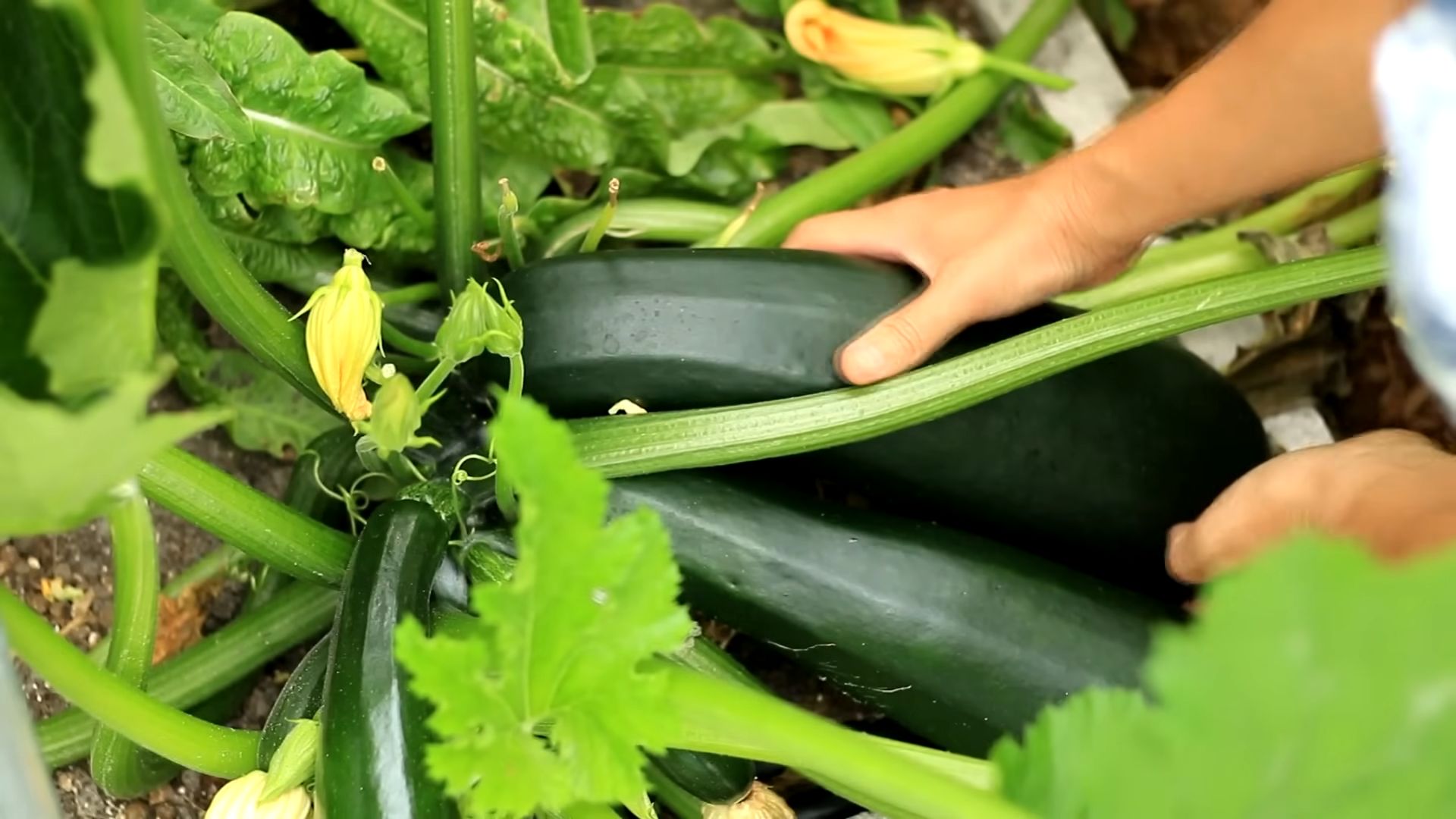
Growing Zucchini at Home: A Beginner’s Guide
Okay, zucchini lovers, let’s get down to business! I’m going to walk you through everything you need to know to grow your own bountiful zucchini crop right in your backyard (or even in containers!). Trust me, there’s nothing quite like the taste of fresh, homegrown zucchini. And be warned – you’ll likely have more than you know what to do with!
Choosing Your Zucchini Variety
First things first, let’s talk zucchini varieties. There are tons of options out there, each with its own unique characteristics. Here are a few popular choices:
* Black Beauty: This is a classic, reliable variety that produces dark green, almost black, zucchini. It’s known for its excellent flavor and productivity.
* Costata Romanesco: If you’re looking for something a little different, this Italian heirloom variety has beautiful ribbed fruit and a nutty flavor. It’s also a bit more compact than some other varieties.
* Golden Zucchini: As the name suggests, this variety produces bright yellow zucchini. It’s just as easy to grow as green zucchini and adds a pop of color to your garden.
* Round Zucchini (Eight Ball, One Ball): These are fun, spherical zucchini that are perfect for stuffing. They’re also great for grilling or roasting.
I personally love growing Black Beauty because it’s so dependable, but feel free to experiment and find your favorite!
Preparing Your Garden Bed
Zucchini plants are hungry, hungry hippos! They need nutrient-rich soil to thrive. So, before you even think about planting, you need to prepare your garden bed.
* Sunlight: Zucchini needs at least 6-8 hours of direct sunlight per day. Choose a spot in your garden that gets plenty of sun.
* Soil: Zucchini prefers well-drained soil that’s rich in organic matter. If your soil is heavy clay or sandy, amend it with compost or well-rotted manure.
* Spacing: Zucchini plants get big! Give them plenty of room to spread out. I recommend spacing plants at least 2-3 feet apart. If you’re growing in rows, space the rows 3-4 feet apart.
Planting Your Zucchini
You have two options when it comes to planting zucchini: starting seeds indoors or direct sowing in the garden.
* Starting Seeds Indoors: If you live in a colder climate with a short growing season, starting seeds indoors is a good idea. Start seeds 3-4 weeks before the last expected frost. Use peat pots or biodegradable pots to avoid disturbing the roots when transplanting.
* Direct Sowing: If you live in a warmer climate, you can direct sow zucchini seeds in the garden after the last frost. Make sure the soil temperature is at least 60°F (16°C).
Step-by-Step Planting Instructions:
1. Prepare the Soil: Whether you’re transplanting seedlings or direct sowing seeds, make sure the soil is loose and well-drained. Dig a hole that’s about twice as wide as the root ball of your seedling or about 1 inch deep for seeds.
2. Plant the Seedling or Seeds: If you’re transplanting a seedling, gently remove it from the pot and place it in the hole. If you’re direct sowing seeds, plant 2-3 seeds per hole.
3. Cover with Soil: Cover the seedling or seeds with soil and gently pat it down.
4. Water Thoroughly: Water the area well to help settle the soil.
5. Mulch: Add a layer of mulch around the plants to help retain moisture and suppress weeds. I like to use straw or shredded leaves.
Caring for Your Zucchini Plants
Once your zucchini plants are in the ground, it’s important to provide them with the care they need to thrive.
* Watering: Zucchini plants need consistent watering, especially during hot, dry weather. Water deeply at the base of the plant, avoiding getting the leaves wet. I usually water my zucchini plants every other day, or more often if the soil is dry.
* Fertilizing: Zucchini plants are heavy feeders, so they need regular fertilization. Use a balanced fertilizer (like 10-10-10) every 2-3 weeks. You can also side-dress with compost or well-rotted manure.
* Weeding: Keep the area around your zucchini plants free of weeds. Weeds compete with zucchini plants for nutrients and water.
* Pest Control: Zucchini plants can be susceptible to pests like squash bugs, squash vine borers, and aphids. Inspect your plants regularly for signs of pests and take action if necessary. I like to use organic pest control methods, such as insecticidal soap or neem oil.
* Pollination: Zucchini plants have separate male and female flowers. The female flowers need to be pollinated in order to produce fruit. If you’re not seeing any fruit develop, you may need to hand-pollinate the flowers. To hand-pollinate, simply use a small paintbrush to transfer pollen from the male flower to the female flower. You can identify female flowers by the small zucchini-like fruit at the base of the flower.
Harvesting Your Zucchini
The best part of growing zucchini is, of course, harvesting the delicious fruit!
* When to Harvest: Zucchini is best harvested when it’s young and tender. I usually harvest my zucchini when it’s about 6-8 inches long. If you let it get too big, it will become tough and seedy.
* How to Harvest: Use a sharp knife or pruning shears to cut the zucchini from the plant. Be careful not to damage the plant.
* Regular Harvesting: The more you harvest, the more zucchini your plants will produce. So, keep harvesting regularly!
Dealing with Common Zucchini Problems
Even with the best care, you may encounter some problems when growing zucchini. Here are a few common issues and how to deal with them:
* Powdery Mildew: This is a fungal disease that causes a white, powdery coating on the leaves. To prevent powdery mildew, make sure your plants have good air circulation and avoid getting the leaves wet when watering. If you see signs of powdery mildew, treat the plants with a fungicide.
* Squash Bugs: These pests can cause serious damage to zucchini plants. They suck the sap from the leaves, causing them to wilt and die. To control squash bugs, handpick them off the plants or use insecticidal soap.
* Squash Vine Borers: These pests bore into the stems of zucchini plants, causing them to wilt and die. To prevent squash vine borers, wrap the stems of your plants with aluminum foil or netting. If you see signs of squash vine borers, you can try to remove them by slitting the stem and pulling them out.
* Blossom End Rot: This is a condition that causes the blossom end of the zucchini to rot. It’s usually caused by a calcium deficiency. To prevent blossom end rot, make sure your soil is rich in calcium and water your plants regularly.
Growing Zucchini in Containers
Don’t have a garden? No problem! You can still grow zucchini in containers.
* Choose the Right Container: Use a large container that’s at least 24 inches in diameter and 12 inches deep. Make sure the container has drainage holes.
* Use a Good Quality Potting Mix: Don’t use garden soil in containers. It’s too heavy and doesn’t drain well. Use a good quality potting mix that’s specifically designed for containers.
* Water Regularly: Container-grown zucchini plants need more frequent watering than plants grown in the ground. Water deeply whenever the top inch of soil feels dry.
* Fertilize Regularly: Container-grown zucchini plants also need more frequent fertilization than plants grown in the ground. Use a balanced fertilizer every 2-3 weeks.
* Provide Support: Zucchini plants can get quite large, so you may need to provide them with support. Use a trellis or stake to keep the plants from falling over.
Recipes to Use Your Zucchini Bounty
Okay, so you’ve grown a ton of zucchini. Now what? Here are a few of my favorite zucchini recipes:
* Zucchini Bread: This is a classic for a reason! It’s moist, delicious, and perfect for breakfast or a snack.
* Zucchini Fritters: These are a great way to use up extra zucchini. They’re crispy on the outside and tender on the inside.
* Grilled Zucchini: Simply slice zucchini lengthwise, brush with olive oil, and grill until tender.
* Zucchini Noodles (Zoodles): Use a spiralizer to turn zucchini into noodles. Top with your favorite sauce.
* Stuffed Zucchini: Hollow out zucchini and fill with a mixture of ground meat, rice, and vegetables
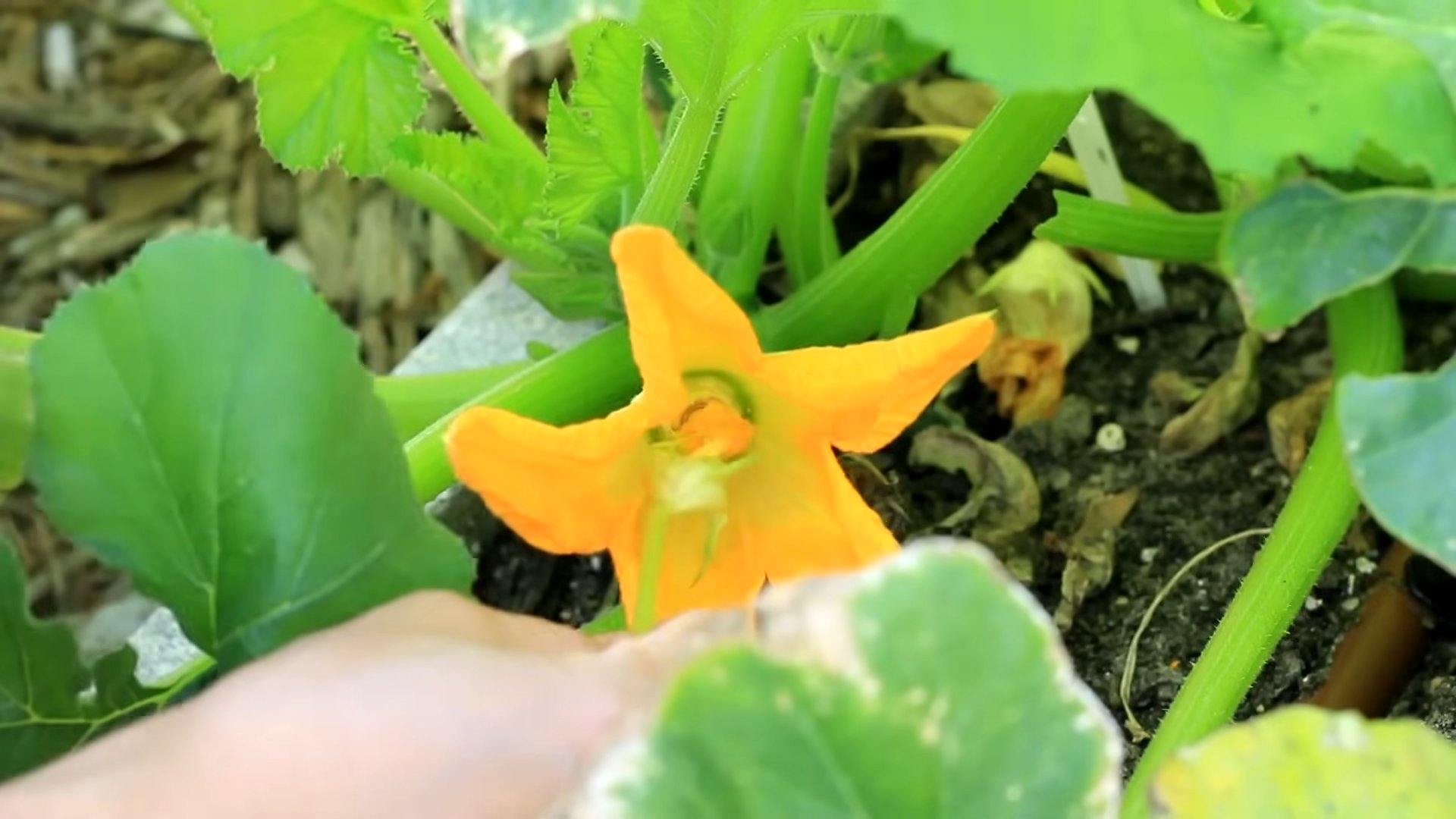
Conclusion
So, there you have it! Growing zucchini at home is not only achievable, but it’s also incredibly rewarding. From the satisfaction of nurturing a tiny seed into a bountiful plant to the sheer deliciousness of freshly harvested zucchini, the benefits are numerous. We’ve covered everything from seed selection and soil preparation to pest control and harvesting, equipping you with the knowledge you need to succeed.
But why is this DIY approach a must-try? Simply put, homegrown zucchini tastes better. It’s fresher, more flavorful, and free from the chemicals and preservatives often found in commercially grown produce. Plus, you have complete control over the growing process, ensuring that your zucchini is cultivated in a way that aligns with your values, whether that’s organic gardening, water conservation, or simply minimizing your carbon footprint.
Beyond the basic techniques, there’s plenty of room for experimentation and personalization. Consider trying different zucchini varieties, such as the classic Black Beauty, the golden-hued Gold Rush, or the round, compact Eight Ball. You can also explore companion planting to deter pests and improve pollination. Marigolds, nasturtiums, and basil are all excellent choices to plant alongside your zucchini.
For those with limited space, container gardening is a fantastic option. Choose a large pot (at least 24 inches in diameter) and a well-draining potting mix. Dwarf zucchini varieties are particularly well-suited for containers. Remember to water regularly and fertilize every few weeks.
Another variation to consider is succession planting. By planting new zucchini seeds every few weeks, you can extend your harvest season and enjoy a continuous supply of fresh zucchini throughout the summer. This is especially useful if you have a large family or enjoy sharing your harvest with friends and neighbors.
Don’t be afraid to get your hands dirty and experiment. Gardening is a learning process, and there’s no substitute for hands-on experience. You might encounter challenges along the way, but don’t let that discourage you. Every mistake is an opportunity to learn and improve.
We are confident that with a little effort and attention, you can successfully grow your own delicious zucchini at home. The taste of success, both literally and figuratively, is well worth the effort.
Now, it’s your turn! We encourage you to give this DIY trick a try. Start small, be patient, and most importantly, have fun. And once you’ve harvested your first zucchini, be sure to share your experience with us. We’d love to hear your tips, tricks, and favorite zucchini recipes. Share your photos and stories on our social media channels using #HomegrownZucchini. Let’s build a community of zucchini enthusiasts and inspire others to embrace the joys of gardening. Happy growing!
Frequently Asked Questions (FAQ)
What is the best time of year to plant zucchini?
Zucchini thrives in warm weather, so the best time to plant is after the last frost when the soil has warmed to at least 60°F (15°C). In most regions, this is typically in late spring or early summer. You can start seeds indoors 3-4 weeks before the last frost to get a head start, but be sure to harden them off before transplanting them outdoors.
How much sun does zucchini need?
Zucchini plants need at least 6-8 hours of direct sunlight per day to produce a good harvest. Choose a sunny location in your garden where the plants will receive ample sunlight throughout the day. If you’re growing zucchini in containers, make sure to place them in a sunny spot.
How often should I water my zucchini plants?
Zucchini plants need consistent moisture, especially during hot weather. Water deeply whenever the top inch of soil feels dry to the touch. Aim to water at the base of the plant to avoid wetting the leaves, which can increase the risk of fungal diseases. Mulching around the plants can help retain moisture and suppress weeds.
What are some common pests and diseases that affect zucchini?
Common pests that affect zucchini include squash bugs, squash vine borers, aphids, and cucumber beetles. Diseases include powdery mildew, blossom-end rot, and squash mosaic virus. Regularly inspect your plants for signs of pests or diseases and take action promptly. Organic pest control methods, such as insecticidal soap, neem oil, and handpicking, can be effective. Ensure good air circulation around the plants to prevent fungal diseases.
How do I know when my zucchini is ready to harvest?
Zucchini is best harvested when it’s young and tender, typically when it’s 6-8 inches long. The skin should be smooth and glossy, and the flesh should be firm. Use a sharp knife to cut the zucchini from the plant, leaving a short stem attached. Overripe zucchini can become tough and seedy.
Why are my zucchini flowers falling off without producing fruit?
This is a common problem called blossom drop, and it’s often caused by inadequate pollination. Zucchini plants have separate male and female flowers, and the pollen from the male flower must be transferred to the female flower for fertilization to occur. If pollination is poor, the female flower will wither and fall off. You can hand-pollinate the flowers by using a small paintbrush to transfer pollen from the male flower to the female flower.
Can I eat zucchini blossoms?
Yes, zucchini blossoms are edible and delicious! They can be stuffed, fried, or added to salads. Harvest the male blossoms in the morning, leaving a few on the plant for pollination. Gently wash the blossoms and remove the pistil or stamen before cooking.
How do I store zucchini?
Store unwashed zucchini in the refrigerator for up to a week. Wrap it loosely in a plastic bag or paper towel to prevent it from drying out. Avoid storing zucchini near ethylene-producing fruits, such as apples and bananas, as this can cause it to ripen too quickly.
What can I do with an overabundance of zucchini?
If you find yourself with more zucchini than you can eat, there are plenty of ways to use it up. You can shred it and freeze it for later use in baking, make zucchini bread or muffins, grate it into soups and stews, or spiralize it into zucchini noodles. You can also share your zucchini with friends, neighbors, or donate it to a local food bank.
Is growing zucchini organically difficult?
Not at all! Growing zucchini organically is quite manageable with a few key practices. Start with healthy soil amended with compost. Use organic fertilizers and pest control methods. Practice crop rotation to prevent soil depletion and pest buildup. Choose disease-resistant varieties. By following these simple steps, you can enjoy a bountiful harvest of organic zucchini.


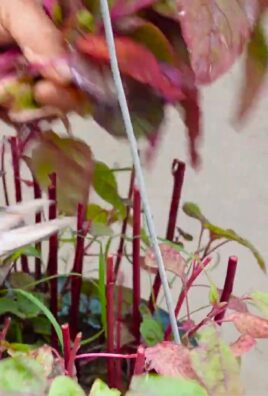
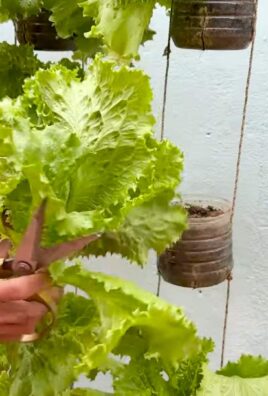
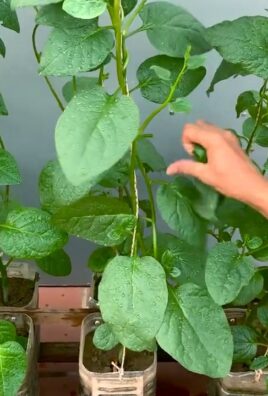
Leave a Comment